The Air Force’s 2050 report highlights a dark future for air power
- By Alex Hollings
Share This Article
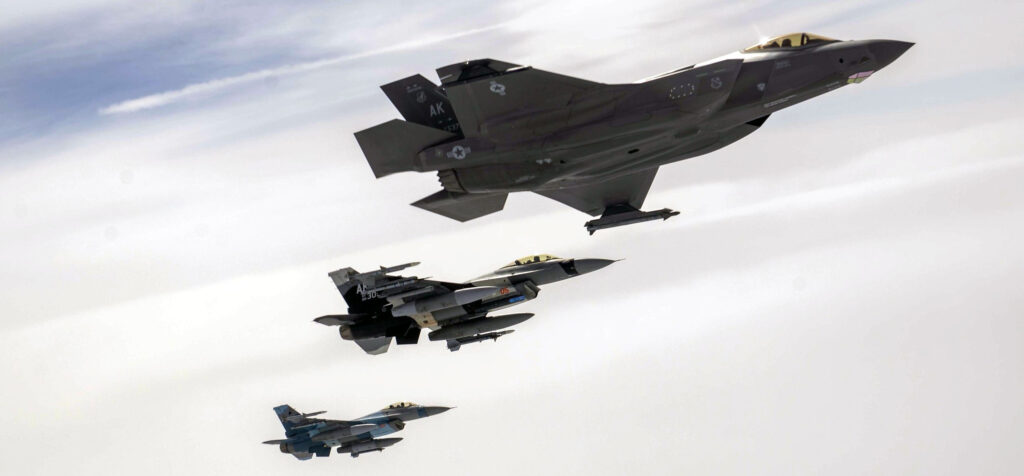
With China recently unveiling its new stealth aircraft currently in testing and the fate of America’s Next-Generation Air Dominance Fighter (NGAD) still uncertain, the Air Force released its 22-page vision of the future of air warfare in a newly released report titled simply: The Department of the Air Force in 2050.
This report highlights the rapidly changing landscape of air warfare, including the need for a fundamental shift in the way the United States goes about designing and procuring new combat aircraft. It also emphasizes the need to dramatically increase both the number and the range of new jets entering service due to the persistent and growing threat of long-range cruise and ballistic missiles strikes on forward air bases.
Yet, those aren’t the only threats the Air Force is concerned about. With predictions of adversaries fielding air defense interceptors that can bring down aircraft at thousand-mile ranges, China’s nuclear arsenal ballooning to thousands of warheads, and the growing possibility of conventional missile strikes on the U.S. mainland, the Air Force paints a picture of America at a crossroads with two possible paths forward.
The first is a Defense Department and lawmaker class that continues to resist change, keeps old and obsolete weapons and aircraft in service well beyond their useful lifespans for political reasons, and aims to win the next big conflict by preparing for the last one. This path, the Air Force warns, will lead to an outdated airpower apparatus in 2050 that looks very much like the Air Force that’s already in service today.
But the Air Force also outlines another possible path, one that’s willing to embrace fundamental changes in the way America conducts air warfare, from the earliest stages of designing new systems all the way to their employment on the battlefield.
Put simply, the United States can no longer keep kicking this can down the road, and must decide now which future its Air Force will fight in: one where the nation’s aging airpower apparatus struggles to address tomorrow’s threats using yesterday’s equipment; or one where America leans into emerging technologies the same way it did in the 20th century, not arriving at the future of air warfare, but rather shaping it itself.
‘The Homeland is no Longer a sanctuary’
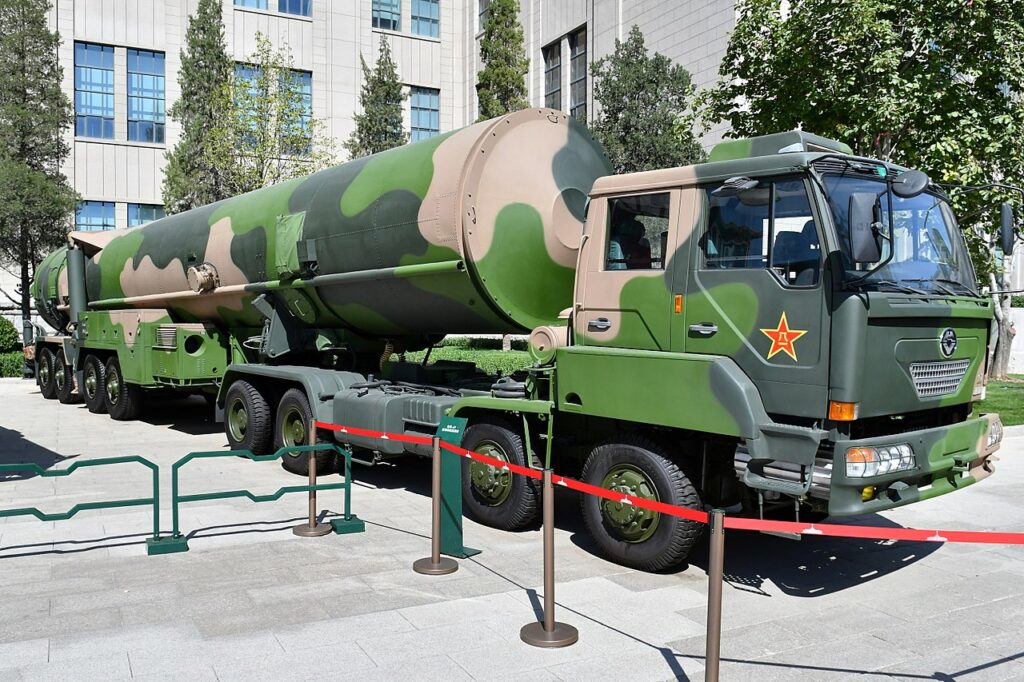
While it’s important not to overstate the significance of China’s aviation developments, we shouldn’t understate them either. During Sandboxx News’ recent trip to NORAD and SPACECOM, a common point echoed throughout each meeting was that China is not the Taliban. Rather, it is a well-funded and highly motivated adversary with significant resources and rapidly expanding capabilities to bring to bear.
This was often followed by another, even more unnerving statement that NORTHCOM values enough to have painted it on the wall: “The homeland is no longer a sanctuary.”
The Air Force’s assessment of the next quarter century in air warfare echoes this sentiment directly.
“China’s massive investment in air-, land-, and sea-launched medium-range systems and systems that reach the so-called second island chain and beyond have already put traditional Air Force systems and operating concepts at risk. We can only expect this trend to continue. In 2050, we should expect to be under the threat of ultra-long-range precision weapons at any range and launched from any domain, including space. There will be no sanctuary from these weapons,” the report states.
While the Air Force is focused on maintaining America’s warfighting edge in the airpower domain, its analysis of the threat environment of 2050 includes further-reaching threats than those posed by fighters, bombers, and long-range missiles.
“Even a largely localized conflict will come to the U.S. homeland, and not only through the possible use of long-range precision kinetic weapons against our territory. Critical military and non-military infrastructure – as well as human cognition itself – will be at risk of kinetic and non-kinetic attack in cyber and information domains. This will affect military operations conducted by the Air Force and Space Force but also have a broader societal impact.”
In other words, the Air Force paints a stark picture of military competition in 2050 – one defined not by highly maneuverable fighters squaring off in dynamic dogfights, but rather by long-range munitions raining havoc down on once seemingly out-of-reach targets with enough precision and regularity to upend America’s current approach to force projection.
Forward air bases will be destroyed by long-range missile barrages
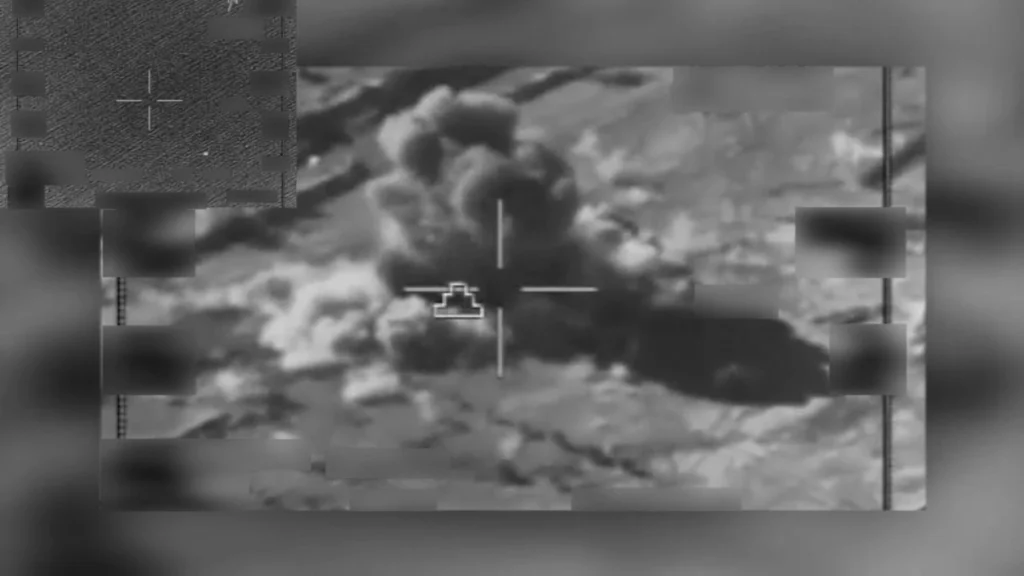
Even in the air, a domain long dominated by the United States, the Air Force views establishing lasting air superiority over contested regions of the globe in 2050 as something that may only be achievable in localized areas for short periods of time, with air assets being used to police these spaces under constant threat from rapidly advancing surface-to-air-missiles.
As the Air Force sees it, forward-located fixed airbases where the United States can amass airpower for prolonged combat operations will no longer be viable a option, as long-range strikes mounted by ballistic, cruise, and hypersonic missiles alongside armed kamikaze drones will turn them into turkey shoots, with American aircraft destroyed on the airstrip long before they even enter the fight.
“Air forces that depend on a small number of easily targeted, forward-based airfields will not be viable in 2050, and may not be viable today. Similarly, counterair weapons with ranges out to over 1,000 miles and supported by space-based sensors will place aircraft, such as tankers, that have traditionally operated with impunity, at risk,” the report says.
Related: Taiwan has big plans for its missiles if China were to invade
Enemy surface-to-air missiles with 1,000-miles ranges
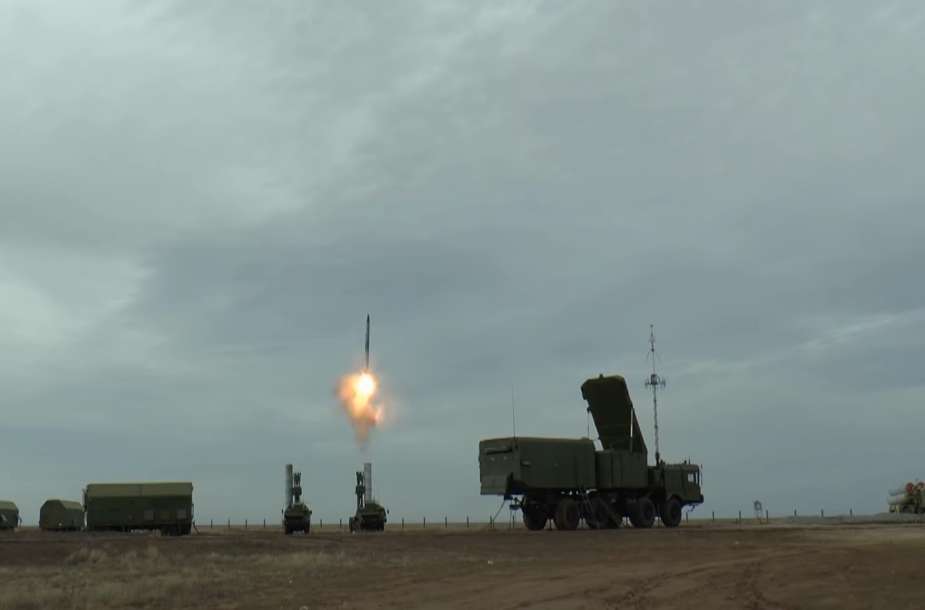
It’s worth noting that surface-to-air missiles with 1,000-mile ranges would represent a massive change in how air defense operations play out, and as the Air Force point out, would all but certainly have to be supported through space-based sensors to be viable. Today’s most advanced air defense systems often rely on multiple radar arrays broadcasting on different frequencies to identify, track, and eventually target threats at ranges in the hundreds of miles, but line of sight and the curvature of the earth make extending that reach much farther with surface-based radar unlikely.
Russia’s S-400 Triumph, for instance, derives the “400” in its name from the maximum engagement range of its longest-legged interceptor, the 40N6, at roughly 400 kilometers (or about 250 miles). Even the newer S-500 which is allegedly already in limited service, can’t reach targets farther out than that (despite claiming an increased targeting range out to 600 kilometers or about 372 miles) because Russia has yet to field an interceptor with greater range than the S-400’s 40N6 missile for it to launch.
China also employs Russian-sourced S-400 air defense systems, as well as its own HQ-9 series, which can be thought of as a sort of amalgamation of the Russian S-300 it was based on and command-and-control systems derived from American and Israeli air defense systems, sourced through a combination of espionage and the purchase of dual-use technologies from Western companies.
Despite the commonalities between their systems, Russian and Chinese air defenses come with different strengths and weaknesses, with Russian systems believed to be more integrated with one another, but China’s more broadly distributed and generally more mobile. Neither nation, however, currently has the publicly disclosed means to engage airborne threats from any distance greater than 250 miles at best, or to even be able to identify them at greater ranges than maybe 370 or so miles, but the Air Force clearly believes one, if not both, of these countries will be able to quadruple interceptor range and couple that capability to precision-target tracking from space-based systems within the next two and a half decades.
A world where air superiority can only come in short bursts
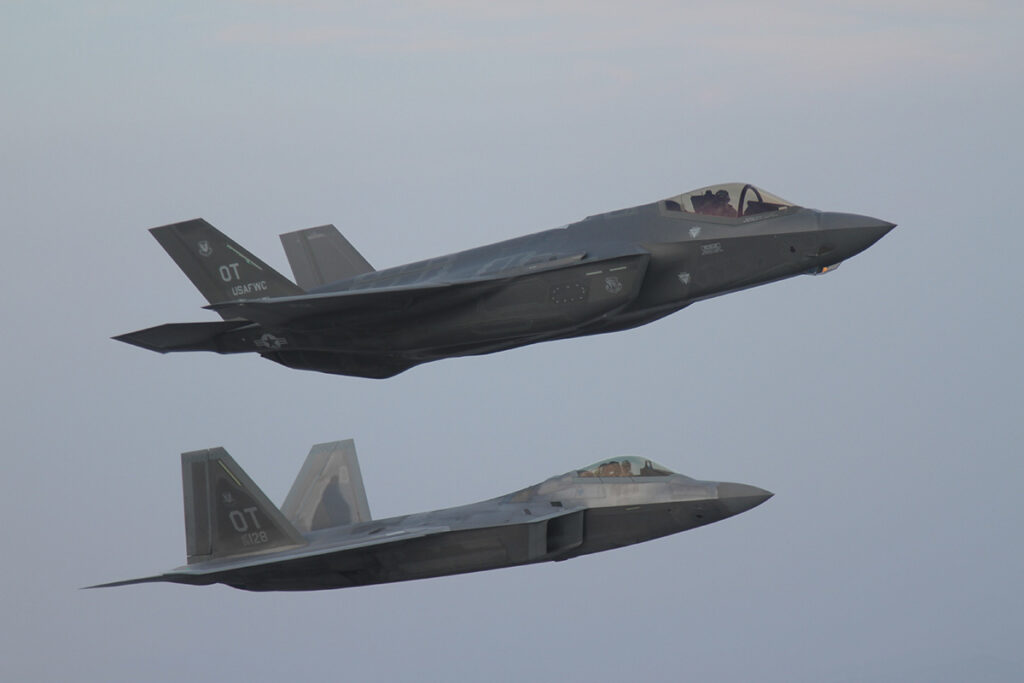
Long-range precision targeting of forward airbases along with the ability to shoot down encroaching aircraft at thousand-mile ranges, the Air Force believes, will force a shift in America’s air warfare doctrine to achieving air superiority only episodically, as it puts it, through pulsed operations. This is a dramatic departure from longstanding Air Force doctrine, and in a way, echoes Soviet air warfare doctrine first established during the Cold War, which was predicated on the acknowledgment that the Soviets couldn’t mass sufficient airpower to beat NATO in the sky, and instead, would focus on securing airspace around combat operations and then ceding it again when no longer needed.
This approach, however, has proven highly ineffective over Ukraine, despite Russia’s vast numerical and technological advantages, as demonstrated by Ukraine’s ability to continue to not only operate a wide variety of tactical aircraft now nearly three years into the conflict and to hold Russian fighters and bombers at continuous risk. That similarity shouldn’t necessarily be seen as faulty logic on behalf of the Air Force, however, and instead might simply highlight just how immense overcoming this challenge will be.
This seismic shift in the Air Force’s envisioned doctrine, the 2050 report states, must come with a similarly significant change to the makeup of America’s aircraft fleets. In such a future battlespace, the Air Force sees relatively short-ranged but otherwise highly capable fighters like the F-22 Raptor as increasingly irrelevant.
Related: Airpower en masse: America’s new approach to warfare
The death of fighter aircraft?
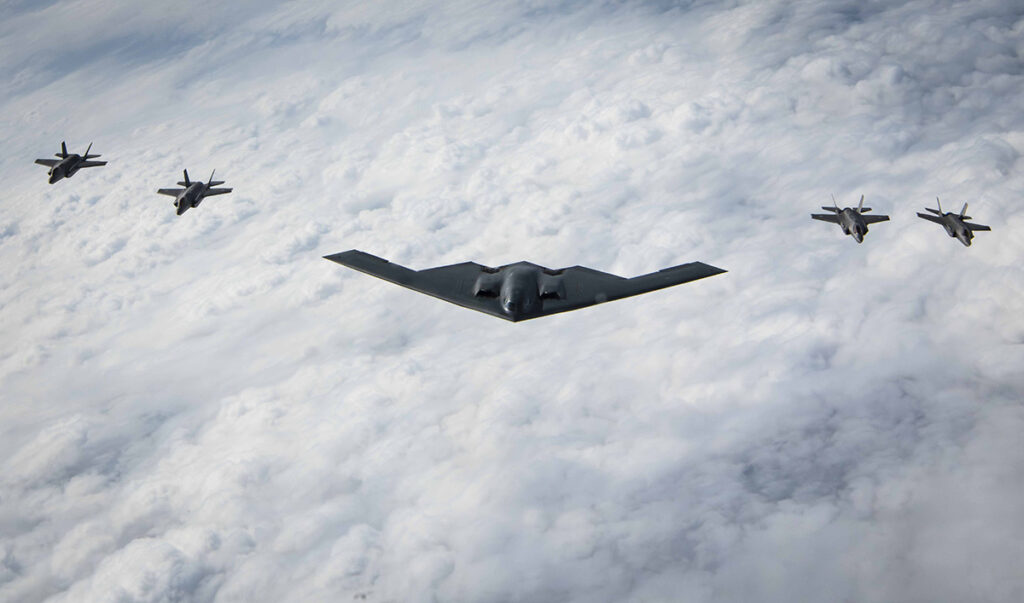
“Penetrating bombers will still have utility for nuclear deterrence, but large numbers of penetrating bombers escorted by fighters capable of penetrating heavily defended airspace will have limited utility, especially given the potential availability of cost-effective, stand-off and loitering weapons,” the Air Force says.
While the reasoning behind this assessment isn’t off base, it does sound uncomfortably like similar assessments put forth in the 1950s and 1960s as intercontinental ballistic missiles seemed to render America’s bomber and fighter fleets unnecessary. After all, if you can take out a target from the other side of the globe with a single missile, why bother building aircraft to fly all the way there and duke it out?
However, this is one area where I’m inclined to disagree with the Air Force’s conclusions. In 25 years, China may indeed have sufficient long-range strike capabilities to force the United States to operate over strategic, rather than tactical, ranges. Yet, in a world that will still have literally thousands of 4th generation fighters in service across the globe, as well as the inevitable localized conflicts breaking out that don’t present the same degree of threat environment America might find in a war with China, massing a stockpile of single-use munitions with specific capabilities tailored for a high-end fight makes as little sense in 2050 as it does today.
Aircraft (whether crewed or uncrewed) not only offer much greater flexibility than single-use munitions, they also offer important reusability, dramatically bringing down the cost of delivering ordnance to targets. Drone swarms, for instance, may be very effective at engaging certain types of targets, but are not reusable, meaning the question isn’t “how many drones can you buy for the price of an F-35, but rather, how many drones would you need to buy to engage as many targets as a single F-35 can throughout its 8,000-hour service life.
Related: Is Elon Musk right saying that fighter jets have become obsolete?
The problem with replacing aircraft with missiles
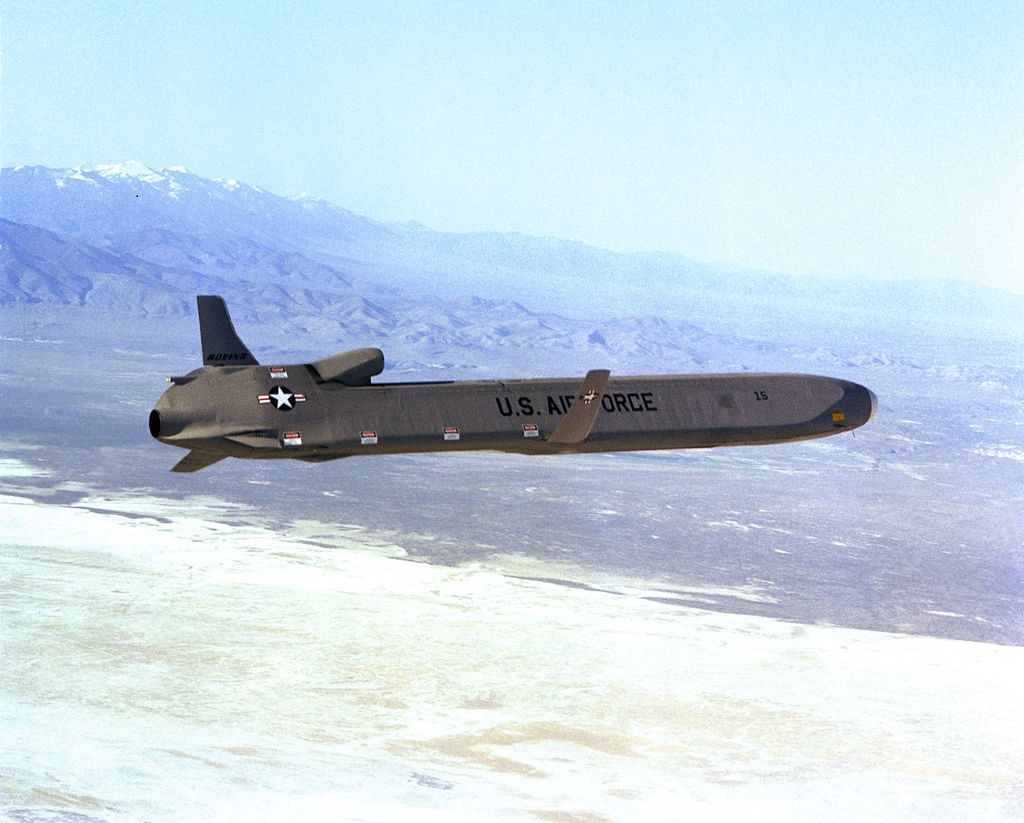
Building a massive stockpile of high-end, low-observable, single-use missiles will always present a greater cost than building reusable aircraft capable of delivering much lower-cost munitions to their target areas. America’s longest-ranged cruise missiles in service today, weapons like the Tomahawk with a range more than 1,500 miles or a conventionally armed variant of the still-in-development AGM-181 Long Range Standoff Weapon, ring in at multiple millions of dollars a piece and, based on the Air Force’s own assessments, likely do not offer sufficient range to be launched from relative safety in the years to come.
This high cost is due in large part to the fact that these weapons need to carry sufficient air-breathing propulsion systems and fuel stores to cover all that distance. Further, they need advanced onboard guidance capabilities to reach far-flung target areas with precision and need to carry their own low-observable design characteristics, stealth coatings, and sometimes even countermeasures — all just to be destroyed upon impact with the target. An F-35 flying into contested airspace could theoretically take out similar targets with a $200,000 small-diameter bomb three times a week for the next 20 years with a lower cost of operations and much less strain on American industrial capacity.
This is, of course, not to suggest that long-range munitions of these sorts aren’t vital for the future of American warfighting endeavors, but rather, that an economically viable warfighting strategy can’t place too significant a reliance on high-end single-use munitions, lest America risk depleting stockpiles against lesser adversaries in low-intensity conflicts or worse, risk losing a war of financial attrition against an adversary like China. A balanced mix of munitions and delivery methods allow for a greater array of options for commanders in the fight, a more cost-effective approach to weapons delivery when appropriate, and a more distributed production load on American manufacturing.
However, despite reservations about the Air Force’s reliance on long-range missiles, the Air Force will need to indeed transition away from maintaining large numbers of tactical jets and small numbers of long-ranged aircraft to instead maintaining smaller numbers of short-ranged jets and much larger numbers of long-range platforms.
A complete upheaval of the Air Force aircraft inventory
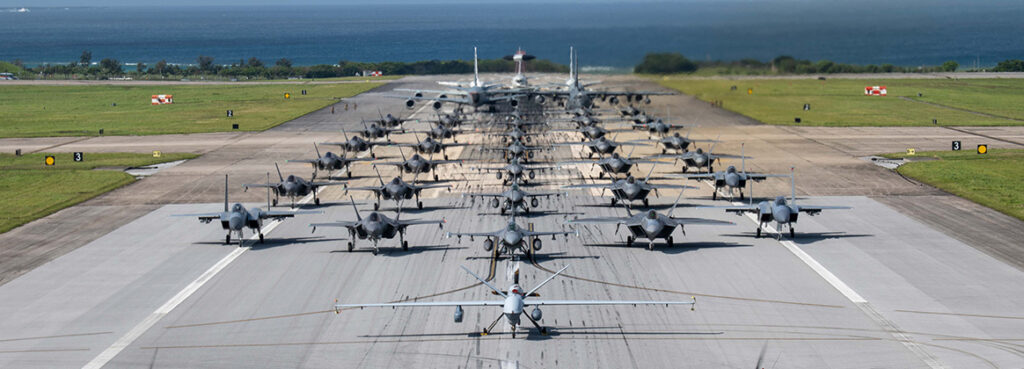
According to public records, in 2024, the U.S. Air Force (including the Air Force Reserves) maintained a total long-range bomber fleet of 141 aircraft, including 45 B-1B Lancers and 20 B-2 Spirits already slated for retirement in the 2030s and 58 B-52s, each providing unrefueled combat ranges of between roughly 3,000 miles (in the B-1B Lancer) and nearly 7,000 miles (in the B-2 Spirit). These bombers account for roughly 2.6% of the branch’s total number of aircraft. With 100 B-21 Raiders currently on order to replace retiring Lancers and Spirits, this figure will rise to 158, or nearly 3%.
Conversely, in 2024 the Air Force also maintained a fleet of 2,093 fighters of various types, including the Air National Guard and Reserves. These aircraft represent the backbone of the Air Force’s weapon delivery capabilities and offer combat ranges from as little as 340 miles (in the case of the F-16C with a full combat load), to as much as 791 miles (in the F-15EX). In stark contrast to the long-range bomber fleet, these aircraft account for about 40% of the Air Force’s entire aircraft inventory.
Acknowledging the reality of long-range missile strikes holding forward air bases at risk, and 1,000-mile interceptors making tanker operations too dangerous anywhere near Chinese shores, there is simply no getting around the fact that America’s fighters don’t offer enough range to continue to serve as the backbone of the force in the future environment the Air Force envisions.
According to the report, this issue can be addressed by retiring older fighter aircraft that aren’t viable for future fights (platforms like the A-10 Thunderbolt II), increasing procurement of long-range platforms like the B-21 or a follow-on design beyond the 100 currently on order, and, in the near term, relying more on stand-off weapon releases from transport or cargo aircraft, which once could argue, is a reference to Lockheed Martin’s Rapid Dragon concept in all but name. The report also highlights the importance of continuing to advance technologies meant to allow for greater survivability in these long-range platforms, or even fielding entirely new ones as the threat environment changes.
Can NGAD fit into this future vision of air combat?
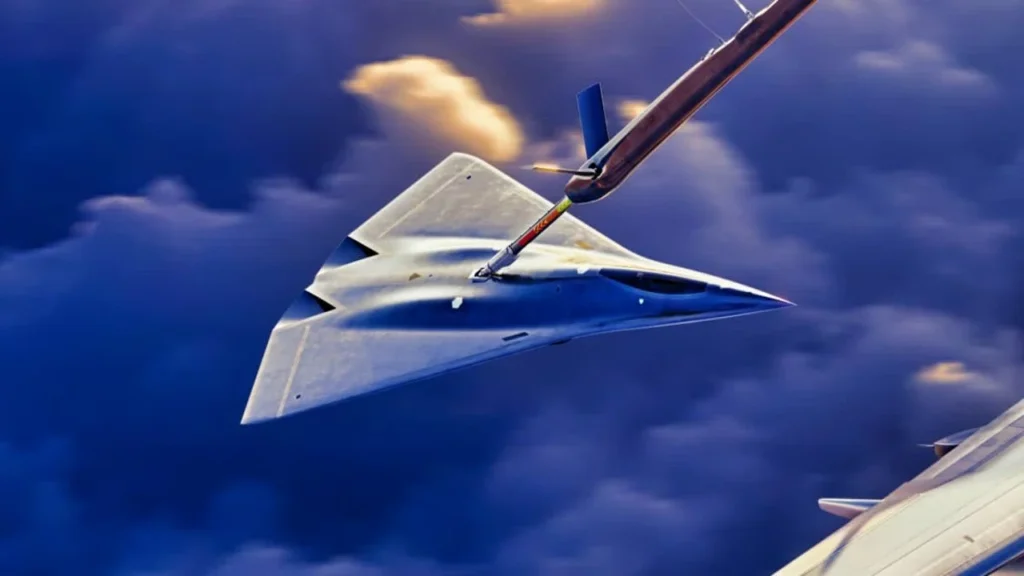
This focus on extremely long-range operations could possibly even explain some of the backroom hesitance to move forward with the Air Force’s Next Generation Air Dominance fighter, as one former high-ranking official recently told Sandboxx News. Once you extend the range requirements for a fighter like NGAD to a certain point, the requisite size of the aircraft (due to fuel storage alone) starts skirting into bomber territory, the former official said on condition of anonymity. And with the B-21, a multi-role bomber that is capable of serving as the same command node for forthcoming AI-enabled drone fighters, already moving into production, the price point of that big, bomber-sized fighter starts looking less and less appealing.
To put it simply, on a long enough timeline, the Air Force seems to believe all combat aircraft will have to become bombers of a sort.
Accurately predicting the future of warfare is all but impossible, and the best we can do is to look at and extrapolate from current trends. Further, these reports are, to some extent, pessimistic for a purpose. Their goal, like wargames with the rules stacked to the adversary’s advantage, is to prompt the changes necessary to ensure America enters into conflict with a power overmatch that all but guarantees victory, with adversary actions simply determining the ultimate cost of that win.
So, while the structure, the makeup, and even the doctrine of American air warfare may need to change in the coming years, the one thing the Air Force sees as staying the same in the face of all these changes is America’s ability to fight and to win in the sky – that is, if the United States government makes that a political and economic priority.
As for whether or not that will happen… only time will tell.
Read more from Sandboxx News
- F-22 fleet is getting upgraded threat-detection sensors to stay on top
- Video: Is America’s Red Sea defense really worth $780 million?
- Delta Force airborne follies, or the dangers of static line jumps
- These are the drone countermeasures used by the Russian military in Ukraine, according to leaked document
- Air Force is unsure of what the NGAD should do
Related Posts
Sandboxx News Merch
-

A-10 ‘Thunderbolt Power’ Poster
$22.00 – $28.00 Select options This product has multiple variants. The options may be chosen on the product page -

F-35 ‘Lightning’ Poster
$22.00 – $28.00 Select options This product has multiple variants. The options may be chosen on the product page -

F-35 ‘Evolution’ Poster
$22.00 – $28.00 Select options This product has multiple variants. The options may be chosen on the product page

Alex Hollings
Alex Hollings is a writer, dad, and Marine veteran.
Related to: Military Affairs
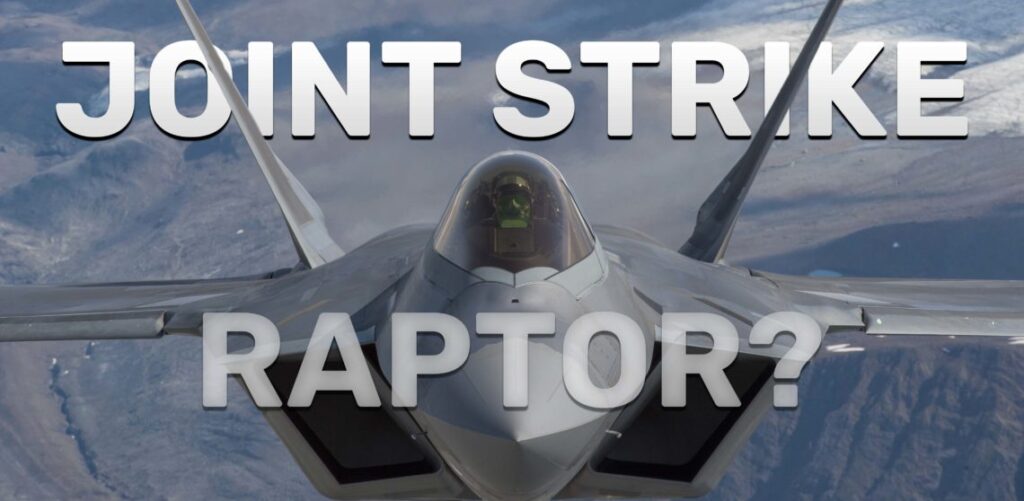
Just how good would an F-22/F-35 hybrid fighter really be?
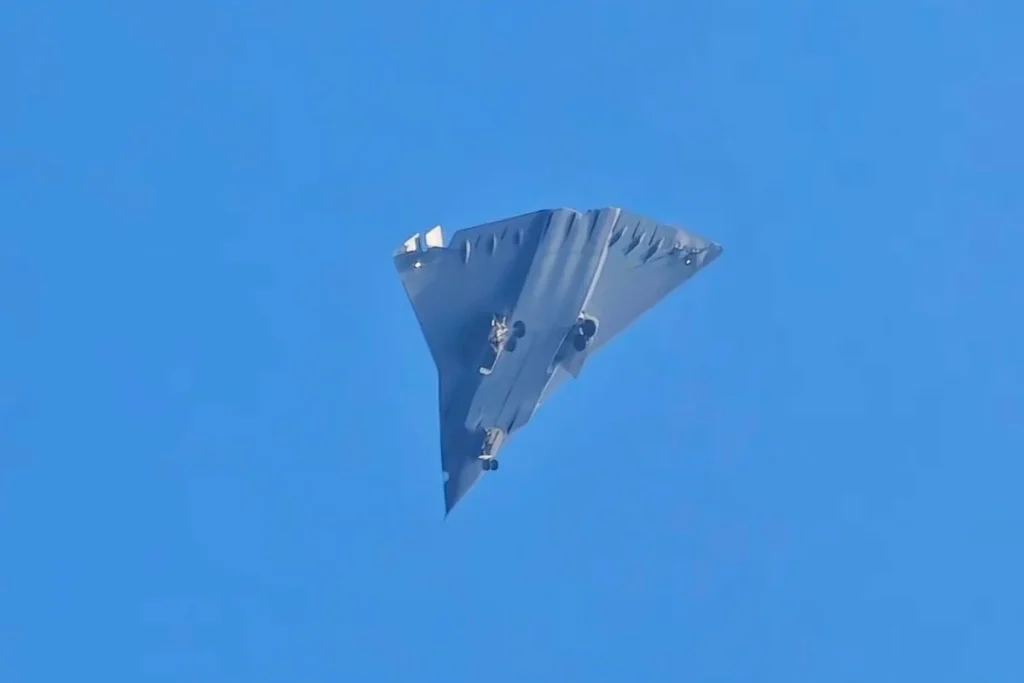
What do we know about China’s new ‘6th gen’ fighters?
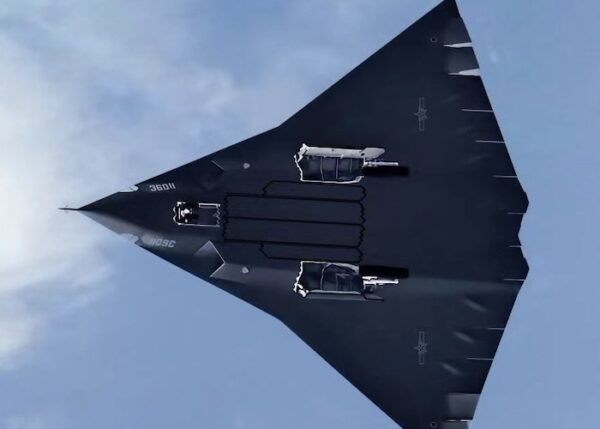
It doesn’t matter if China’s new J-36 stealth jet is a fighter or a bomber

Former Navy SEAL and pioneer combat medicine physician is awarded Presidential Citizen’s Medal
Sandboxx News
-

‘Sandboxx News’ Trucker Cap
$27.00 Select options This product has multiple variants. The options may be chosen on the product page -

‘AirPower’ Classic Hoodie
$46.00 – $48.00 Select options This product has multiple variants. The options may be chosen on the product page -

‘AirPower’ Golf Rope Hat
$31.00 Select options This product has multiple variants. The options may be chosen on the product page -

‘Sandboxx News’ Dad Hat
$27.00 Select options This product has multiple variants. The options may be chosen on the product page
